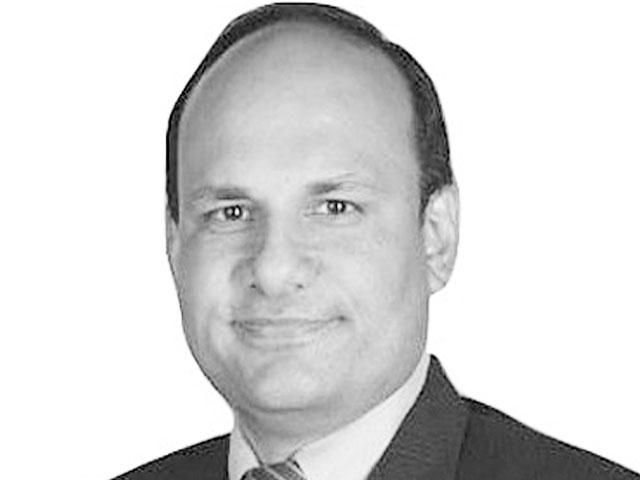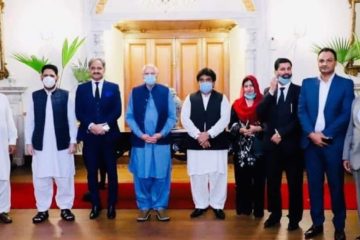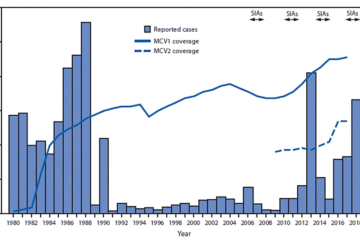Streamlining Pakistan’s education – The Nation

Pakistan is only twenty-five years away from turning 100 years old. During the last 75 years, Pakistan has been dealing with internal mismanagement and external conflict.
To transform Pakistan into a growing economy until 2047 and uplift its various socio-economic classes, we should focus on elevating its educational system. There are various steps the sector should pursue. They may take time to implement, but once applied, they will add value to the educational sector and benefit the students and teachers.
First, the education sector needs to be streamlined based on modern trends and objectives. The syllabus for the higher secondary classes needs to be reassessed and re-evaluated. The syllabus for primary and secondary education should be updated with modern trends. Indeed, the students need to learn the alphabet, numbers, mathematics, and science in primary classes.
However, the secondary and higher-secondary course outline needs to be updated. After passing their A-level and Intermediate examinations, students pursue BBA, BS Entrepreneurship, BS Computer Science, or a bachelor’s degree related to accounting, finance, economics, etc.
The students from the A-level track and those from Intermediate Commerce can easily accept and learn accounting and finance at business schools. It is, however, a challenge for the students from the Intermediate (Pre-Medical and Pre-Engineering) track to acclimatise themselves with the subjects they study in BBA/BS. The Intermediate (Class XI and XII) course structure should be modified in such a manner that it facilitates students of Intermediate (Pre-Medical/Pre-Engineering).
Otherwise, the students are unable to keep themselves at par with the concepts and theories they study in BBA/BS. There is a learning gap observed when comparing students from Inter (Commerce) and A-levels with Inter (Pre-Medical and Pre-Engineering). This gap needs to be removed by restructuring the courses of Intermediate (Pre-Medical and Pre-Engineering).
Courses such as accounting, statistics, and economics should be introduced in Intermediate. They should be added as elective subjects along with chemistry, physics, and mathematics. Students can take any three or a combination they see as relevant to their future education. Students who want to join a business afterward can study accounting, statistics, and economics.
This will allow students to create a focused study approach during their Intermediate (XII). Similarly, students who are interested in studying applied chemistry or physics at the university may choose chemistry and physics respectively in Intermediate.
Second, the academia and industry linkage between schools and colleges should be strengthened. This will allow A-level and Intermediate students to acquire practical learning about the concepts and theories they will be studying at the university or business schools.
Such linkages are developed when the management and teachers of schools/colleges connect with industry experts and entrepreneurs. The management can take students on field trips. Furthermore, teachers can invite industry experts to give talks to students to strengthen students’ classroom learning and enhance their outlook on how businesses and industries operate.
The students of Intermediate should be exposed to such guest talks so they may augment their insights and ideas for a successful academic and professional life ahead.










